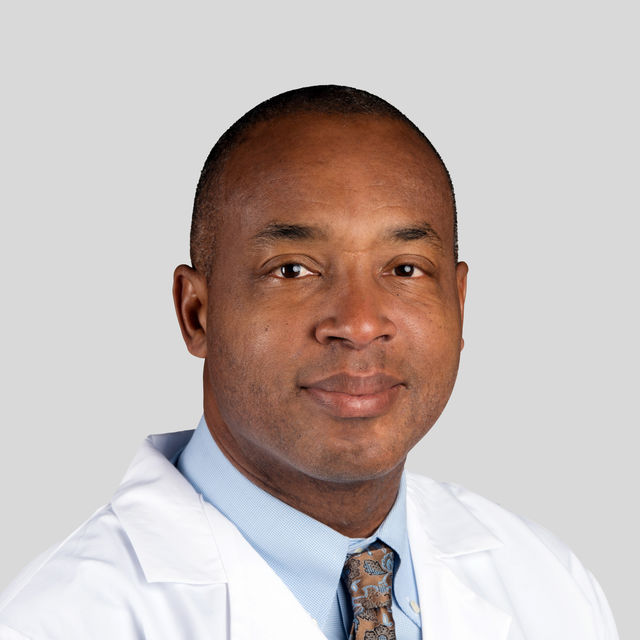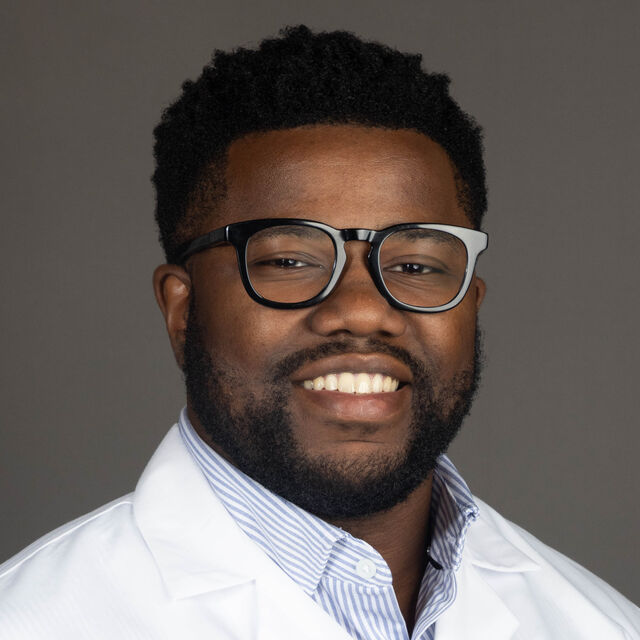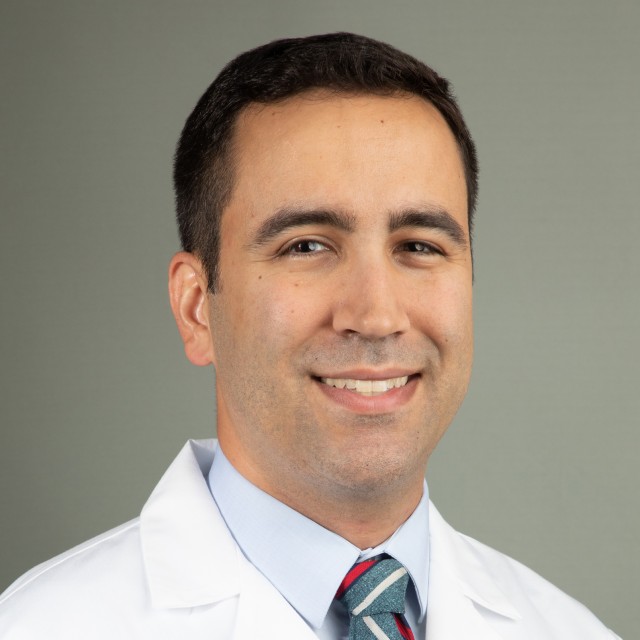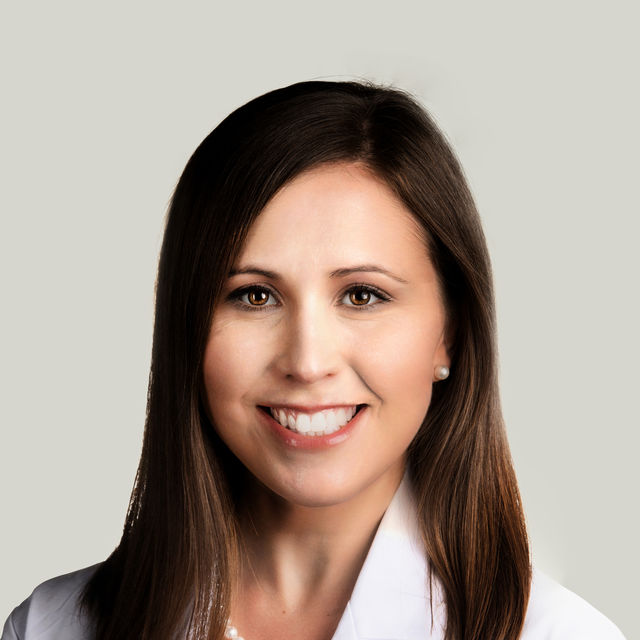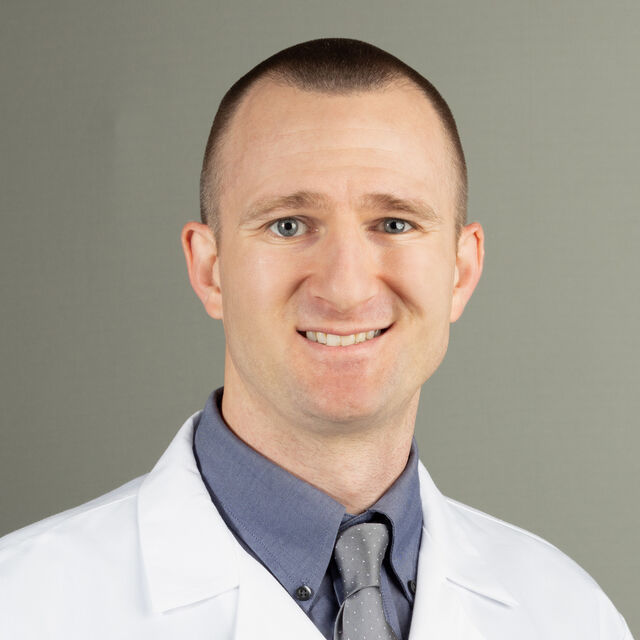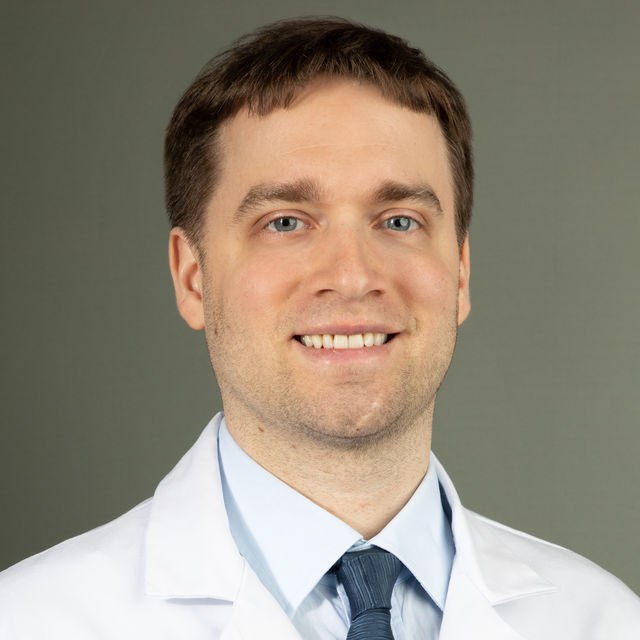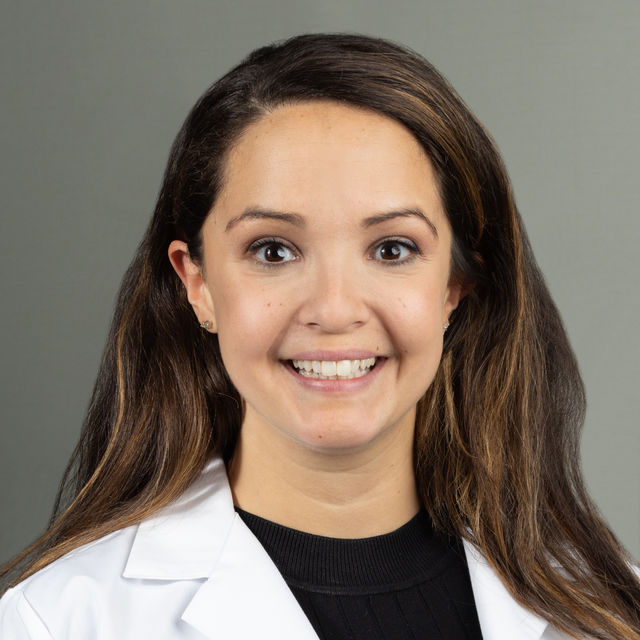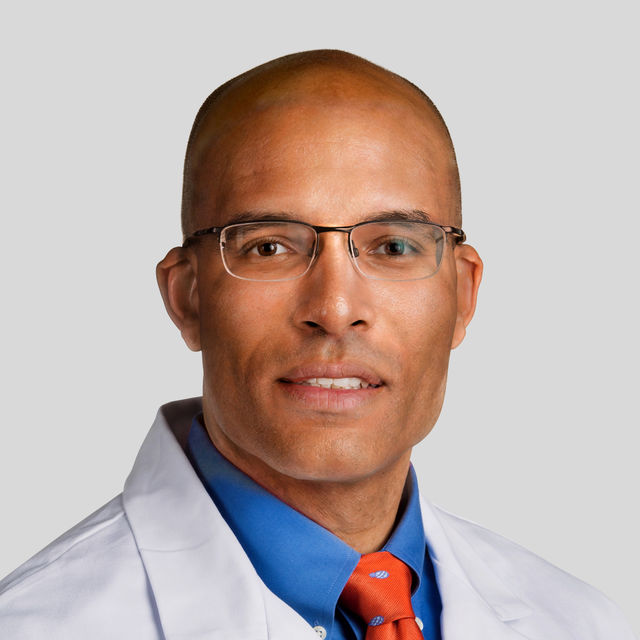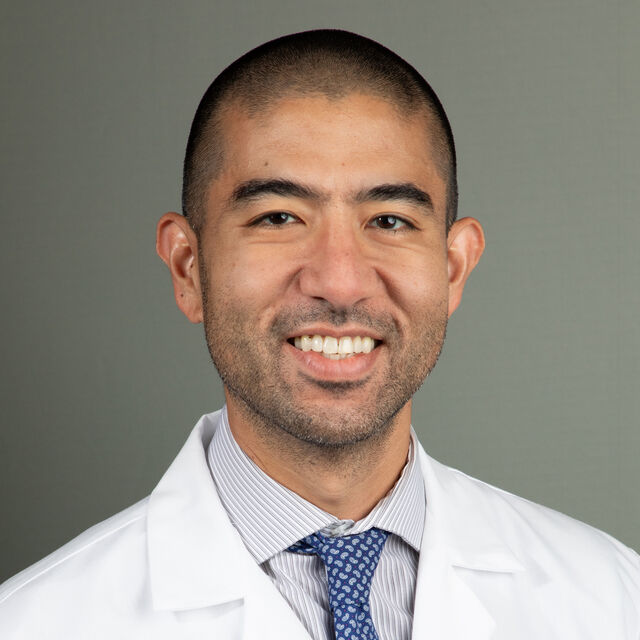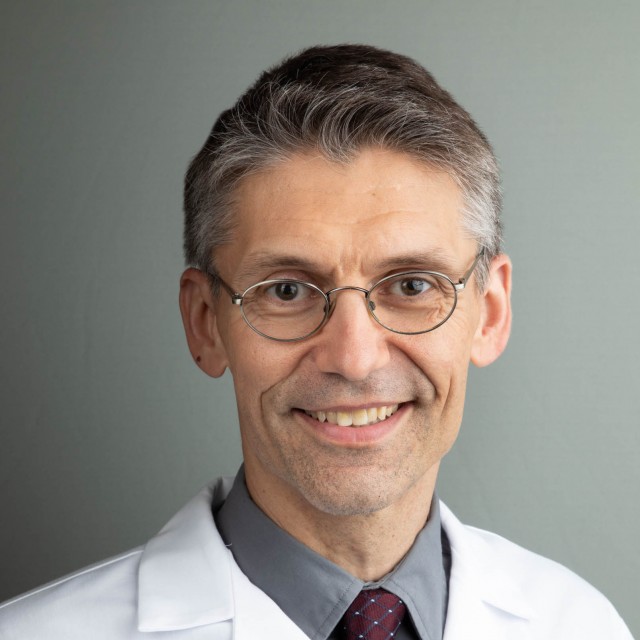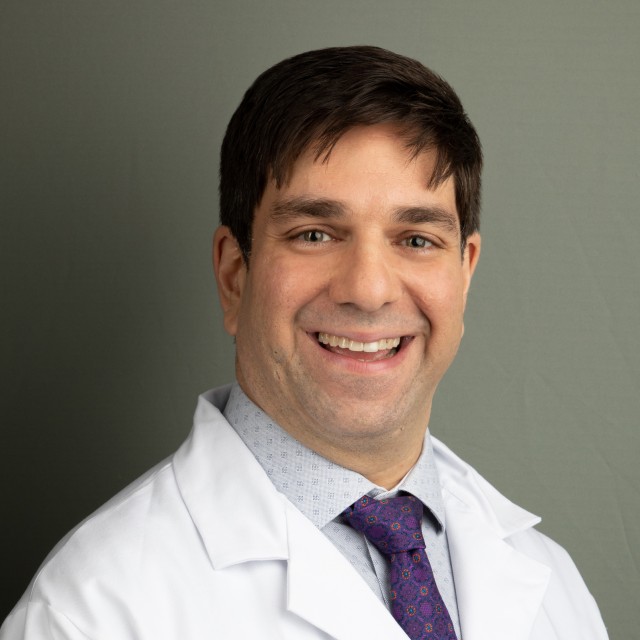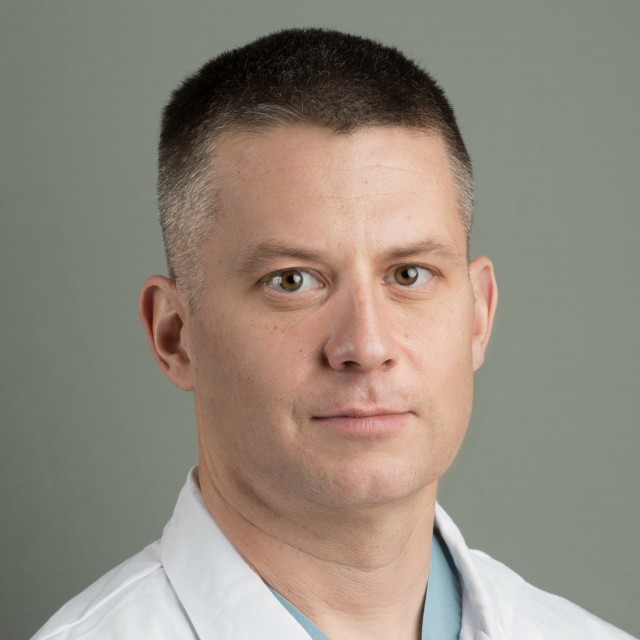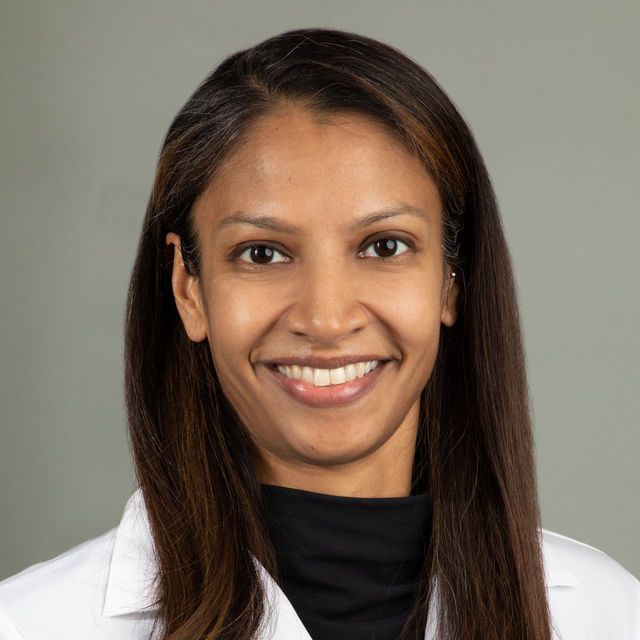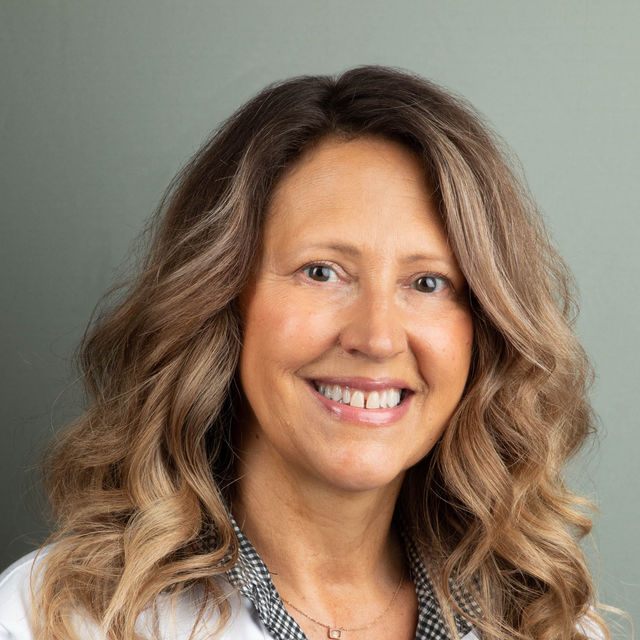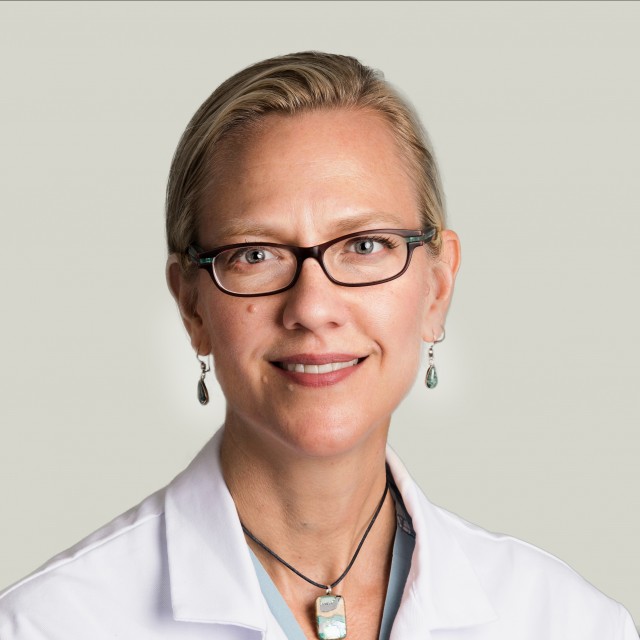Welcome to Level I Trauma & Acute Care Surgery at the University of Chicago Medicine.
The University of Chicago Medicine is designated as a Level 1 Adult Trauma Center by the Illinois Department of Public Health. Our Trauma Center is prepared to handle the most seriously injured trauma patients 24 hours a day, seven days a week. UChicago Medicine began providing Level 1 adult trauma care on May 1, 2018, nearly 30 years after discontinuing the program. The institution is also home to the South Side of Chicago's only Level 1 Pediatric Trauma Center at Comer’s Children’s Hospital, Burn Center, and the University of Chicago Medicine Aeromedical Network (UCAN), which provides helicopter transportation from the scene of an emergency to our Hyde Park campus or between hospitals within a 200-mile radius. Together with our Level 1 Pediatric Trauma Center, our Burn and Complex Wound Center, and UCAN, UChicago Medicine is able to provide the community a comprehensive system of care to treat the full range of trauma injuries in patients of all ages.
The UChicago Medicine Trauma Program cares for trauma patients and their families in our community, the South Side of Chicago and beyond. Our care is compassionate and extends from prevention to recovery. From our community foundation, we lead in discovery, education, and advocacy. Our faculty conduct research in disparities of care, access to trauma services, global health, and other related areas in trauma care. We have a strong commitment to social change and advocacy.
Through our Urban Health Initiative, we are partnering with and supporting community organizations to provide trauma patients and their families with wraparound services, violence-recovery efforts and other services that ensure they can recover from traumatic injuries. Our violence recovery specialists help to connect patients and their families with community-based assets to facilitate their recovery.
We provide trauma surgery, acute care surgery and critical care surgery to treat injuries involving: gun shot wounds, motor vehicle/motorcycle crashes, falls, stab wounds, assaults, burns, etc. In the data tab below you will find statistics from 2019 – present.
Our Adult Surgical Critical Care Fellowship was given initial ACGME accreditation in 2021.
Our 12 month Trauma Fellowship was approved in early 2021.
Our ACGME approved 12-month Pediatric Surgical Critical Care Fellowship program was established in 2016.
Given the volume of penetrating trauma and structural inequities on the South Side of Chicago, our Section of Trauma & Acute Care Surgery is uniquely situated to conduct research spanning the basic sciences, clinical outcomes and community-level interventions for injury prevention.
We conduct Critical Trauma Research by improving the care of our patients who have experienced devastating, life-threatening injuries and illness. Structural violence and racism cause a disproportionate amount of preventable morbidity and mortality in our patient population, which is overwhelmingly African American, with the majority living below the federal poverty line. We, therefore, aim to stimulate intellectual curiosity about the upstream causes of trauma, and their consequences on a molecular, organ system, individual, familial, community and societal level, while conducting research that is in service to our patient populations, leading to praxis and action.
Close to 40% of our faculty are currently in the military or veterans (representing the U.S. Army, Navy and Air Force) which is reflected in austere-environment and combat-related research interests. A significant portion of our research is also devoted to decreasing injury and preventable homicide both at home and abroad, specifically due to firearm-related injury. More than half of our trauma surgeons have dual graduate degrees with 50% in the Public Health Sciences.
Our faculty rotate through other global environments across multiple continents with collaborative research projects involving colleagues in the Caribbean, East, West and South Africa, South-East Asia, and Latin America.
In addition to conducting international multi-institutional trials, we continuously engage with colleagues outside of our section, division, department and institution to approach trauma research in a transdisciplinary fashion. We are always open to mentoring trainees of all levels to research excellence – from undergraduate or medical students conducting summer research programs to graduate-level residents completing thesis work in trauma. We will accept research students of all levels interested in any of the topics below and others:
- Basic Sciences: lung neutrophil migration in Pseudomonas infection, estrogen levels on wound healing, lymphocyte cytokine defects after injury, red blood cell distribution and width in trauma outcomes.
- Clinical Outcomes: sulfur mustard exposure, hepatic transplantation in trauma, the feasibility of ECMO in austere environments, atrial rupture and blunt cardiac injury, tranexamic acid in traumatic brain injury, high product ratio massive transfusion in trauma, predictors of retained hemothorax in trauma, management of destructive colonic injuries in damage control surgery, traumatic rectal injuries, trauma resuscitation for interventional radiologists, extremity compartment syndrome, the effect of body mass index on trauma outcomes, vascular trauma, grading scale for acute cholecystitis, cervical spine evaluation in blunt trauma, universal screening for intimate partner and sexual violence in trauma patients, optimal timing of initial debridement for necrotizing soft tissue infection, variability in opioid prescribing, hidden costs of hospitalization after firearm injury, penetrating brain injury, propensity score methods in acute care surgery.
- Community-Level Research: halo effect of Level I trauma centers on non-surgical admissions, the ethics and politics of gun violence research, risk stratification in survivors of firearm and interpersonal violence, trauma systems’ response to gun violence, post-mortem trauma and surgical pathology in incarcerated inmates, homicides while incarcerated, system dynamic models in interpersonal violence.
- Structural Violence & Racism: COVID-19 among African Americans, the association of race, socioeconomic status and insurance on trauma mortality, new trauma center association with racial, ethnic, and socioeconomic disparities in access to trauma care, race / ethnicity and geographic access to trauma care, structural violence and trauma outcomes, curriculum development for structural justice, hate and the health of populations, national transgender homicides and hate crimes, equity in trauma.
| 2019 | 2020 | 2021 | 2022 | 2023 | *2024 | |
|---|---|---|---|---|---|---|
| GSW | 29% | 32% | 32% | 28% | 23% | 21% |
| MVC/MCC | 25% | 28% | 27% | 27% | 28% | 27% |
| Fall | 13% | 14% | 16% | 18% | 19% | 20% |
| Stab | 11% | 8% | 7% | 7% | 7% | 7% |
| Assault/Found Down | 8% | 6% | 5% | 6% | 8% | 10% |
| Peds vs Auto | 7% | 6% | 5% | 6% | 7% | 5% |
| Other | 4% | 3% | 4% | 3% | 3% | 3% |
| Bike/ATV | 2% | 2% | 2% | 2% | 2% | 2% |
| Burn | 1% | 1% | 1% | 1% | 1% | 1% |
*data January 2024 through August 2024
|
|
Blunt | Penetrating | Other |
|---|---|---|---|
| 2018 | 60.1% | 38.4% | 1.5% |
| 2019 | 56.5% | 41.3% | 2.1% |
| 2020 | 57.1% | 40.7% | 2.2% |
| 2021 | 57.6% | 40.0% | 2.4% |
| 2022 | 60.9% | 37.7% | 1.3% |
| 2023 | 65.0% | 33.0% | 2.0% |
| *2024 | 66.8% | 31.2% | 2.0% |
*data January 2024 through August 2024
| Year | # of Activations |
|---|---|
| *2018 | 2247 |
| 2019 | 2618 |
| 2020 | 3783 |
| 2021 | 4772 |
| 2022 | 4169 |
| 2023 | 4505 |
| ^2024 | 3354 |
* data from May 2018 through December 2024
^ data from January 2024 through August 2024
Inclusion criteria: Level 1 and 2 activations, trauma consults, and non-trauma activations
